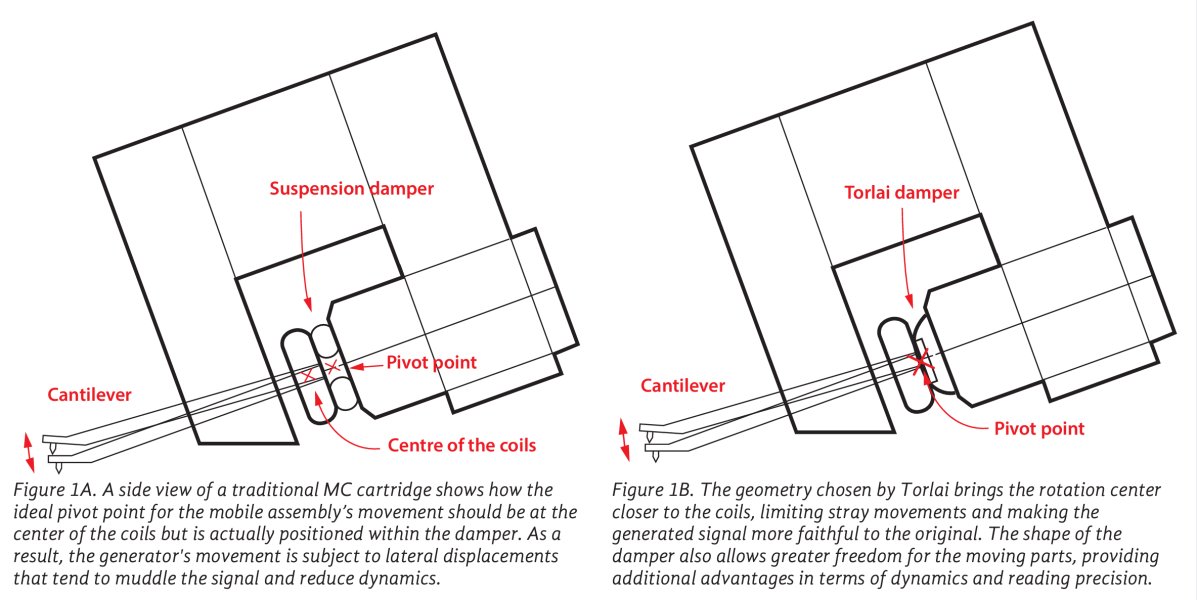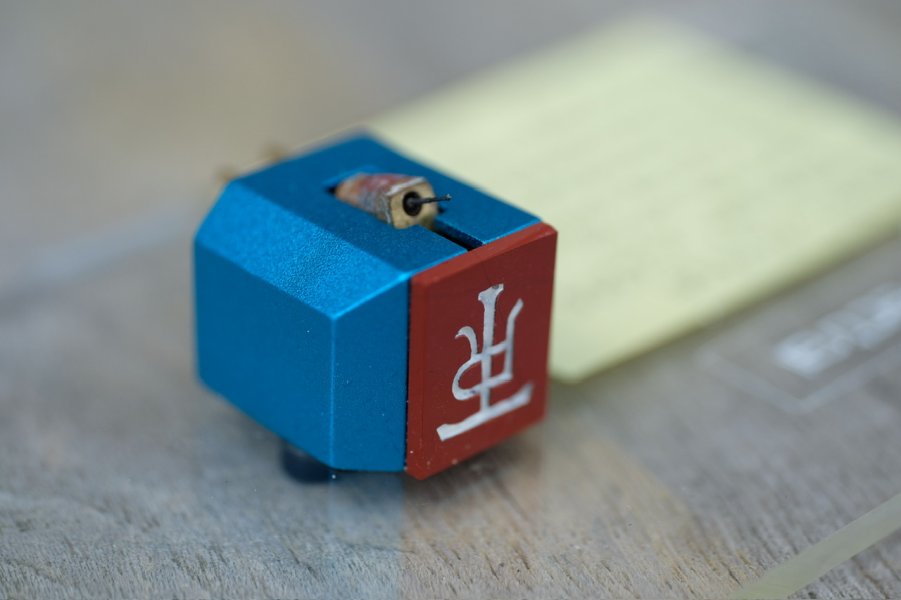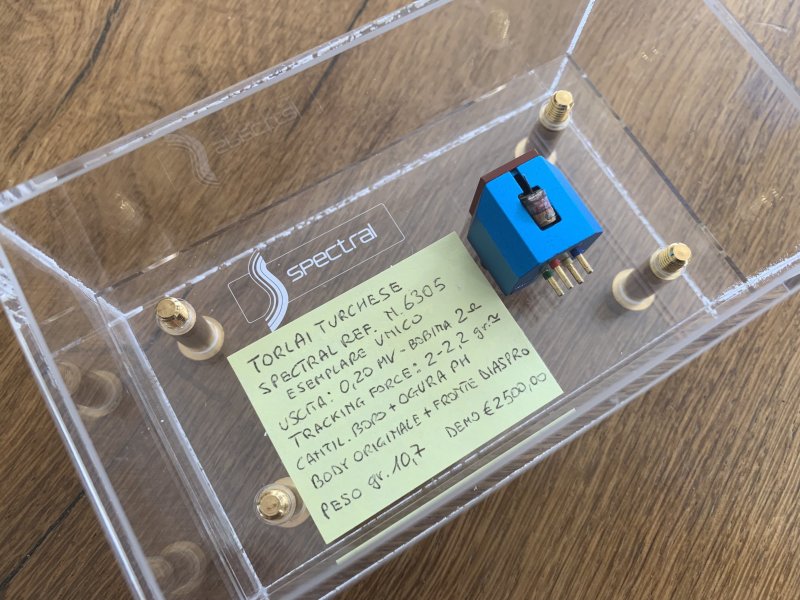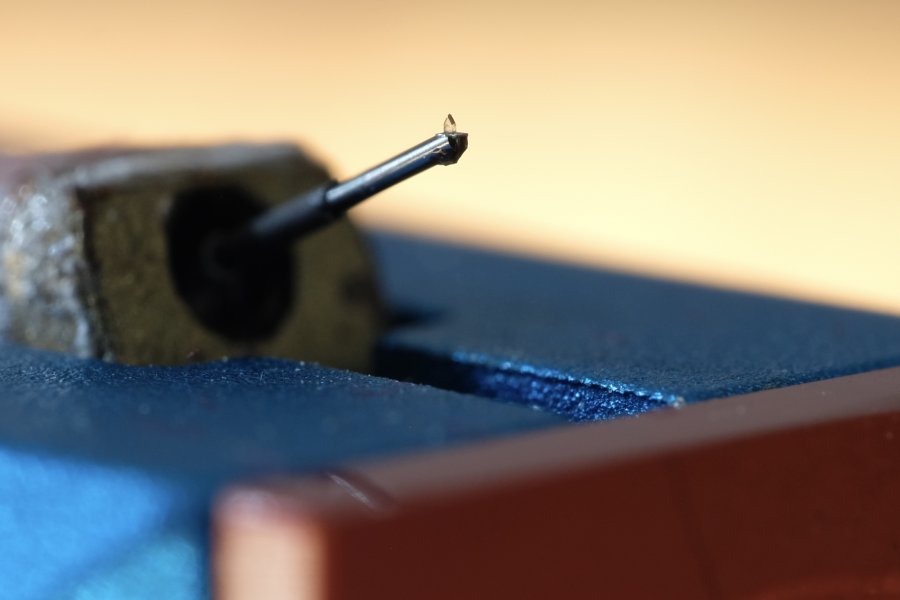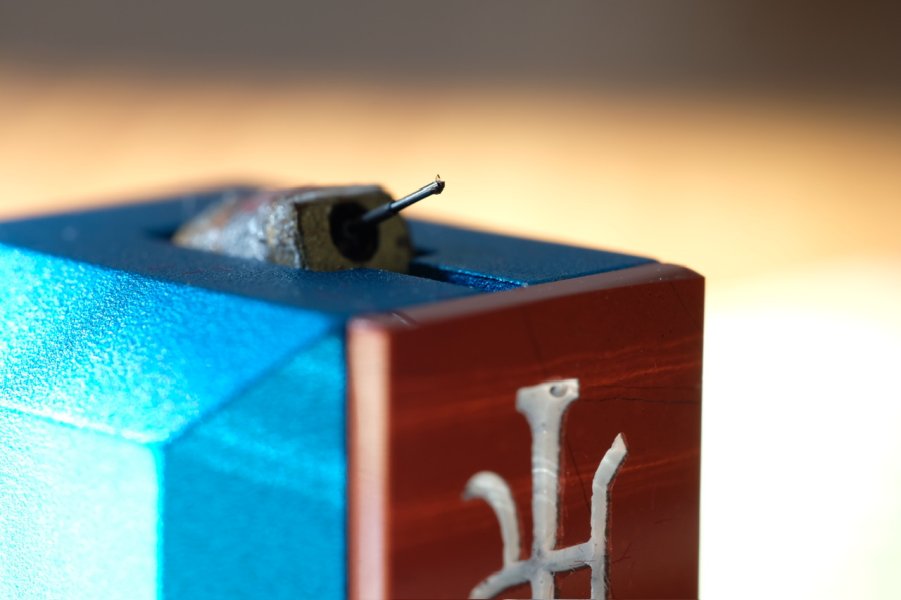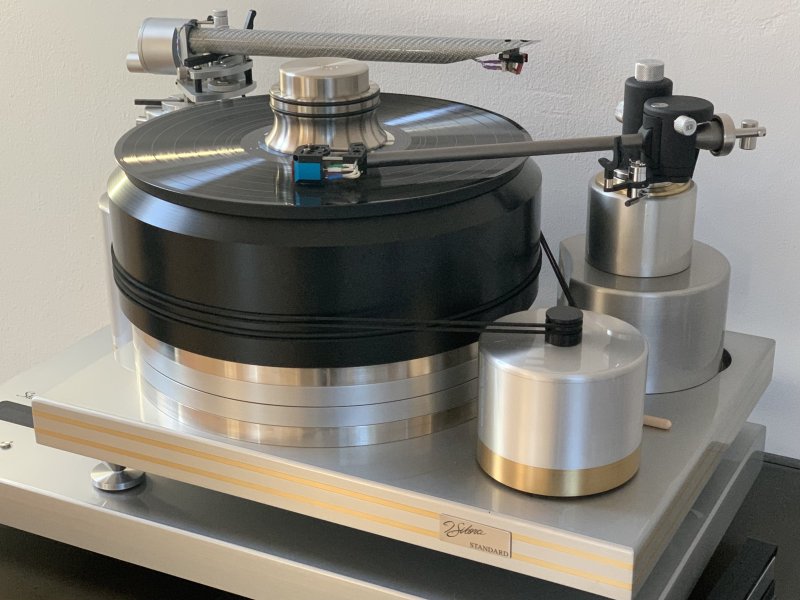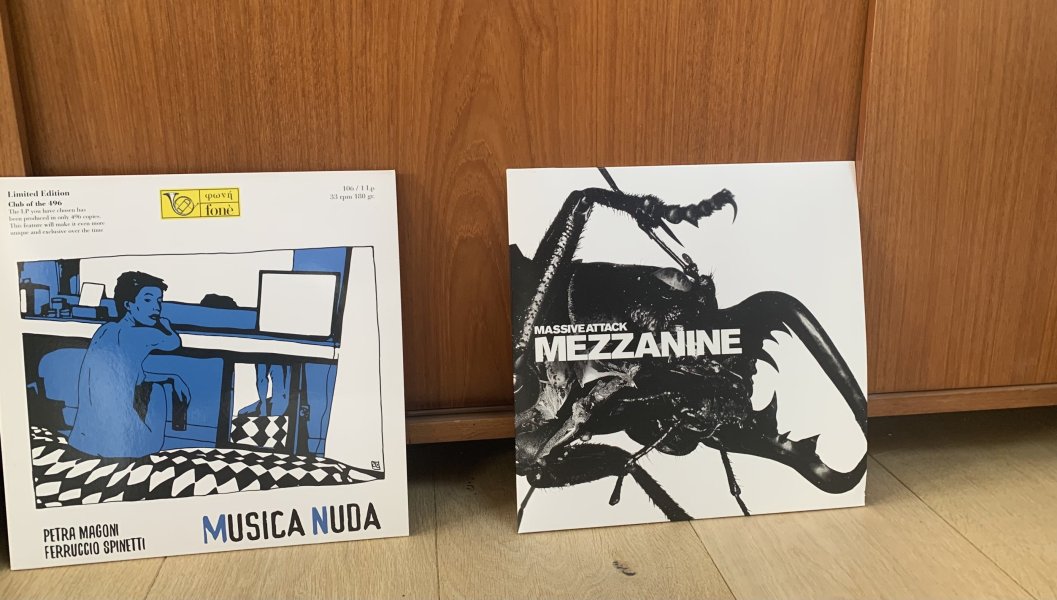I have just bought a cartridge from Roberto Torlai in Italy and thinks his techonogy is very interesting - therefore this thread.
Some of us know Roberto Torlai from his 40 years of experience with cartridge repairs of all sorts, but he is also making his own line of cartridges and that’s what I share here. He has invented a unique suspension system, that he implement in his own cartridges. The benefits of his technology should be a much more free moving of the stylus and cantilever, resulting in:
- Improved dynamics and transient response - due to less restricted movement of stylus and cantilever
- Improved damping - non critical load where cartridge can be run ‘’open’’. He even suggest trying 47.000 ohm
- Improved stylus life - up to twice the amount of playing hours due to less stress on the stylus from the less restricted movement.
- Azimuth can not move over time, so less need for maintenance/adjustments.
Roberto only speaks Italian, and I don’t understand Italian, so the buying process is mails back and forth, and then using google translate. This makes it difficult to understand all details, but there is now an English language review of his Turchese cartridge, including some pictures and descriptions of his suspension technology. Roberto Torlai send it to me, and I found his innovations impressive and interesting. He mentioned to me, that the pictures and explanations only show hints of his technology. For instance the pivotal point in his cartridges are much closer to the ideal in the center of the coil, than shown in the attached drawing, and that several critical processes are not mentioned.
The pictures are from the English review he send me. Notice the doughnut shaped black suspension. Between the coil former and the black suspension there is a tiny metal ring. You can see a bit of it almost buried into the black damper.
The cartridge I have bought is referred to as: Torlai Spectral Turchese, meaning it’s based on an old Spectral Audio - Reference. Specs as follows:
Magnet system and house: Spectral Audio - Reference
Coil former and coil: Supex
Cantilever and stylys: Ogura boron cantilever with Ogura PH stylus.
Suspension system: Torlai unique technology
Generator impedance: 2 ohm
Output: 0,2mV
Compliance is for medium to heavy arms.
My cartridge should arrive tomorrow, and I’ll get back with pictures and impressions when I have it set up on my Acoustical Systems tonearm.
Some of us know Roberto Torlai from his 40 years of experience with cartridge repairs of all sorts, but he is also making his own line of cartridges and that’s what I share here. He has invented a unique suspension system, that he implement in his own cartridges. The benefits of his technology should be a much more free moving of the stylus and cantilever, resulting in:
- Improved dynamics and transient response - due to less restricted movement of stylus and cantilever
- Improved damping - non critical load where cartridge can be run ‘’open’’. He even suggest trying 47.000 ohm
- Improved stylus life - up to twice the amount of playing hours due to less stress on the stylus from the less restricted movement.
- Azimuth can not move over time, so less need for maintenance/adjustments.
Roberto only speaks Italian, and I don’t understand Italian, so the buying process is mails back and forth, and then using google translate. This makes it difficult to understand all details, but there is now an English language review of his Turchese cartridge, including some pictures and descriptions of his suspension technology. Roberto Torlai send it to me, and I found his innovations impressive and interesting. He mentioned to me, that the pictures and explanations only show hints of his technology. For instance the pivotal point in his cartridges are much closer to the ideal in the center of the coil, than shown in the attached drawing, and that several critical processes are not mentioned.
The pictures are from the English review he send me. Notice the doughnut shaped black suspension. Between the coil former and the black suspension there is a tiny metal ring. You can see a bit of it almost buried into the black damper.
The cartridge I have bought is referred to as: Torlai Spectral Turchese, meaning it’s based on an old Spectral Audio - Reference. Specs as follows:
Magnet system and house: Spectral Audio - Reference
Coil former and coil: Supex
Cantilever and stylys: Ogura boron cantilever with Ogura PH stylus.
Suspension system: Torlai unique technology
Generator impedance: 2 ohm
Output: 0,2mV
Compliance is for medium to heavy arms.
My cartridge should arrive tomorrow, and I’ll get back with pictures and impressions when I have it set up on my Acoustical Systems tonearm.
Attachments
Last edited:







